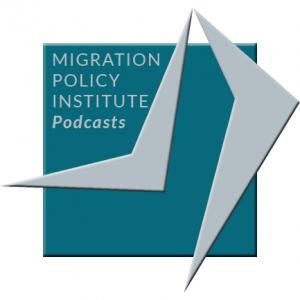
Thursday Apr 21, 2022
With Millions of Unfilled U.S. Jobs, What Role Is There for Immigration?
The U.S. government in March 2022 announced record job vacancies, with 11.3 million unfilled positions. With an aging population, declining fertility, shifting skills needs, and the Great Resignation underway in part as baby boomers retire, the United States is experiencing a major labor market transformation that will challenge the country’s economic growth and competitiveness.
How these mega forces play out is yet to be seen. As a policy option, immigration has always been one of the levers available to address labor shortages or skills gaps. But beyond recruiting workers from abroad, developing and leveraging the skills of immigrants already in the United States represents a smart policy option. What role could underutilized high-skilled immigrant workers occupy in the changing labor market, especially in high-demand sectors such as health and education? What national and state policy options exist to maximize immigrants’ economic contributions by more fully tapping their talents and potential?
During this webcast, experts -- including MPI's Jeanne Batalova and Muzaffar Chishti, former U.S. Labor Department Chief Economist Harry J. Holzer, Upwardly Global's Jina Krause-Vilmar, and Alexandra Manuel -- highlighted the latest demographic and labor market trends shaped by growing automation and the COVID-19 pandemic. They also discussed the merits of three policy approaches that leverage immigrants’ talents to address labor and skills shortages: tapping the existing skills of underemployed college-educated immigrants, increasing immigrant adults’ access to postsecondary credentials, and attracting new talent through the immigration system. The webinar featured the launch of an MPI issue brief on the underemployment of skilled health-care workers in Illinois and Chicago ( https://bit.ly/immskills22 ).